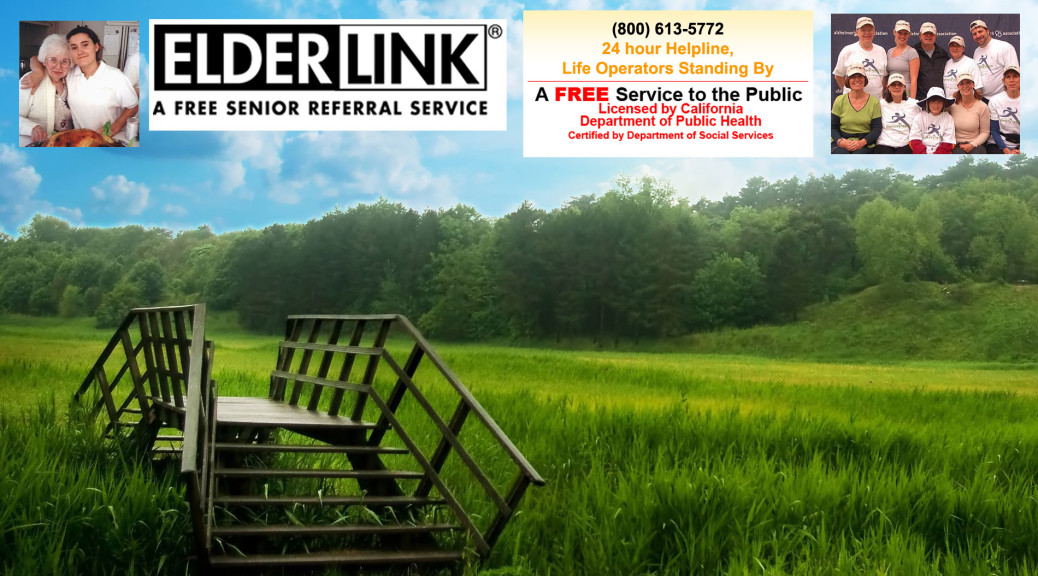In Part One of Understanding Home Health Care, we explained the most common differences between home health and home care. In this second part of the series, we will provide brief summaries of the trained professionals that you may encounter when working with a home health care agency.
It is important to remember that unlike home care agencies, home health agencies provide services and treatment that are prescribed by a doctor and are usually part of a transition from a hospital stay back into a home environment. Therefore, home health agency fees are usually covered by medical insurance, Medicare or Medicaid.
The type of care provided by health care professional will depend on the needs of each individual and may occur in-home through a home health agency or may occur on an outpatient basis.
HOME HEALTH AIDES/ASSISTANCE ADLS
Individuals trained to assist with personal care needs and activities of daily living (ADL). ADL are the essential self-care tasks, such as bathing, ability feed oneself, dressing, toileting, transferring from a bed to a chair, etc. Additional tasks and responsibilities may be assigned to aides depending upon the agreement between the home health aid agency and the family. Home health aide’s assistance may range from a few hours per week up to 24-hour care, either on a temporary or long-term basis.
SKILLED NURSING
Skilled nursing refers to the services performed by a licensed Registered Nurse (RN) or Licensed Practical Nurse (LPN) and these nurses are registered with the State Board of Nursing in their respective state. Skilled Nurses provide medical care as prescribed by physician and may also provide patient assessments, performance of prescribed medical treatments and administration of prescribed medications. Additional services may also include education for the patient and the caregiver to the disease process as well as treatment options, health measures and medication management.
PHYSICAL THERAPY (PT)
Physical therapists assess and treat large motor function skills when prescribed by a doctor. Depending upon the needs and mobility of the patient, PT may be conducted on an outpatient or in-home basis. Physical therapists will create a treatment plan with goals and utilize rehabilitative techniques, which may include exercise, gait training, prosthetics and heat to restore the highest functional level of strength, range of motion and mobility based on the individual abilities of the client.
OCCUPATIONAL THERAPY (OT)
Often prescribed along with physical therapy (PT), occupational therapists (OT) assess and treat small motor function. Occupational therapists will design a treatment plan designed to increase the client’s ability to carry out their regular day-to-day activities, such as feeding, dressing, grooming and performing household tasks. Using rehabilitative techniques such as exercise, splinting and assistive devices, the OT guides the client through specialized regimes, exercises and activities to increase function, sensory and muscle strength.
SPEECH THERAPY (ST)
If an individual has difficulty with speaking or swallowing, a speech therapist will be called in to assess and treats speech and swallowing disorders that may have been caused by a stroke, head injury, laryngectomy, voice disorders or cognitive deficits. Individually designed treatment programs will be created by the speech therapist to maximize communicative effectiveness for the client.
These are the most common types of agencies to provide in-home or outpatient care. In case of injury, such as a broken hip or knee replacement, in-home care may only be needed for several weeks. Navigating the system of elder care services and agencies can be confusing for anyone. Sometimes it can be overwhelming. Finding the appropriate level of care and caregivers you can trust can take time but it is time well spent.
If the time has come when your aging loved one is no longer able to live independently, please contact the knowledgeable staff at ElderLink. We will help you find elder care services or an assisted living facility within California that is customized for the requirements of your family.


